Lead could be lurking in your favourite confectionary
By naturopath Margaret Jasinska
We all know sugary foods are unhealthy. Artificial colours used in confectionary are linked to several health problems. You may not be aware that confectionary can be contaminated with lead.
There have been many case reports in several parts of the world, where confectionary was recalled due to lead toxicity. The majority of the candy was manufactured in Mexico, China and India. This finding is particularly concerning for children, because they are likely to ingest more confectionary, and they obviously have a smaller body weight and less developed detoxification capacities than adults.
Lead can enter your body mainly through breathing in or swallowing items contaminated with lead. In the past, lead was added to paint and petrol. The use of lead in toys, cosmetics, ceramics and water pipes is restricted in Australia. Lead is still used in lead acid batteries, bullets, spray paint and some ceramic glazes. Imported clothing, toys, jewellery and cosmetics have been reported to be contaminated with lead. The Chinese brand Shein is a recent example, which you can read about here. Drinking water may contain some lead due to contamination from older pipes.
Your doctor can arrange a blood test to check your lead level. Excess lead can have devastating health effects, such as reduced intelligence, impaired neurobehavioral development, hearing impairment, low sperm count, miscarriage, stunted physical growth and kidney problems. The symptoms of lead toxicity often go unnoticed and undiagnosed.
When we think of lead, traditionally we’ve thought of exposure to paint, leaded gasoline, soil, dust, lead-lined cans and water pipes, as well as lead-glazed pottery. Confectionary can become contaminated with lead during the manufacturing process, and from lead present in the wrappers. Confectionary manufactured in Australia must meet specific standards, but there is a large number of small businesses importing confectionary into the country, and this makes surveillance extremely difficult. If you read the fine print, a lot of confectionary sold in supermarkets is manufactured overseas, where regulations may be lax.
Regardless of where it is made, all confectionary compromises your health. Sugar, artificial colours, flavours and preservatives are another big problem. Many of the artificial colours used here have been banned in Europe many years ago because they are known to increase the risk of cancer or cause behavioural issues for children.
We all know confectionary is unhealthy, but sometimes the lure of sugar is too strong. If you suffer with unstable blood sugar; if you have insulin resistance or fatty liver, you are more likely to suffer with overwhelming sugar cravings, and notice a slump in energy if you don’t eat sugar. If you have a fatty liver, your liver may not store adequate glycogen. That means you’re more likely to feel hunger, cravings or a slump in energy and feel compelled to snack on sugary foods. The advice in the book Fatty Liver: You Can Reverse It can help restore the health of your liver.
Stress can also cause intense sugar cravings. If you have been experiencing a difficult time emotionally and haven’t been sleeping well, it may feel impossibly difficult to stay away from sugar. Taking a magnesium supplement may help because magnesium may relieve the symptoms of stress and can help improve disturbed sleep.
If you have felt unhappy about your recent eating habits, now would be an excellent time to do the Dr Cabot 15 Day Cleanse. The program consists of 3 supplements, to improve liver and gut function, and aid detoxification.


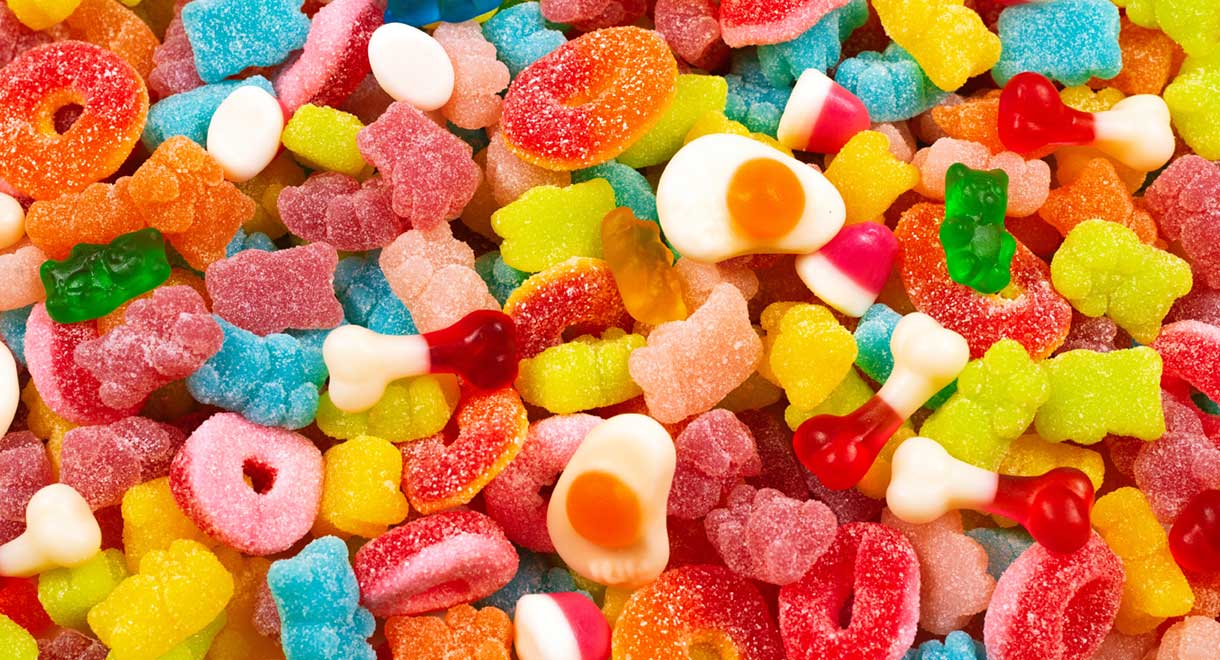

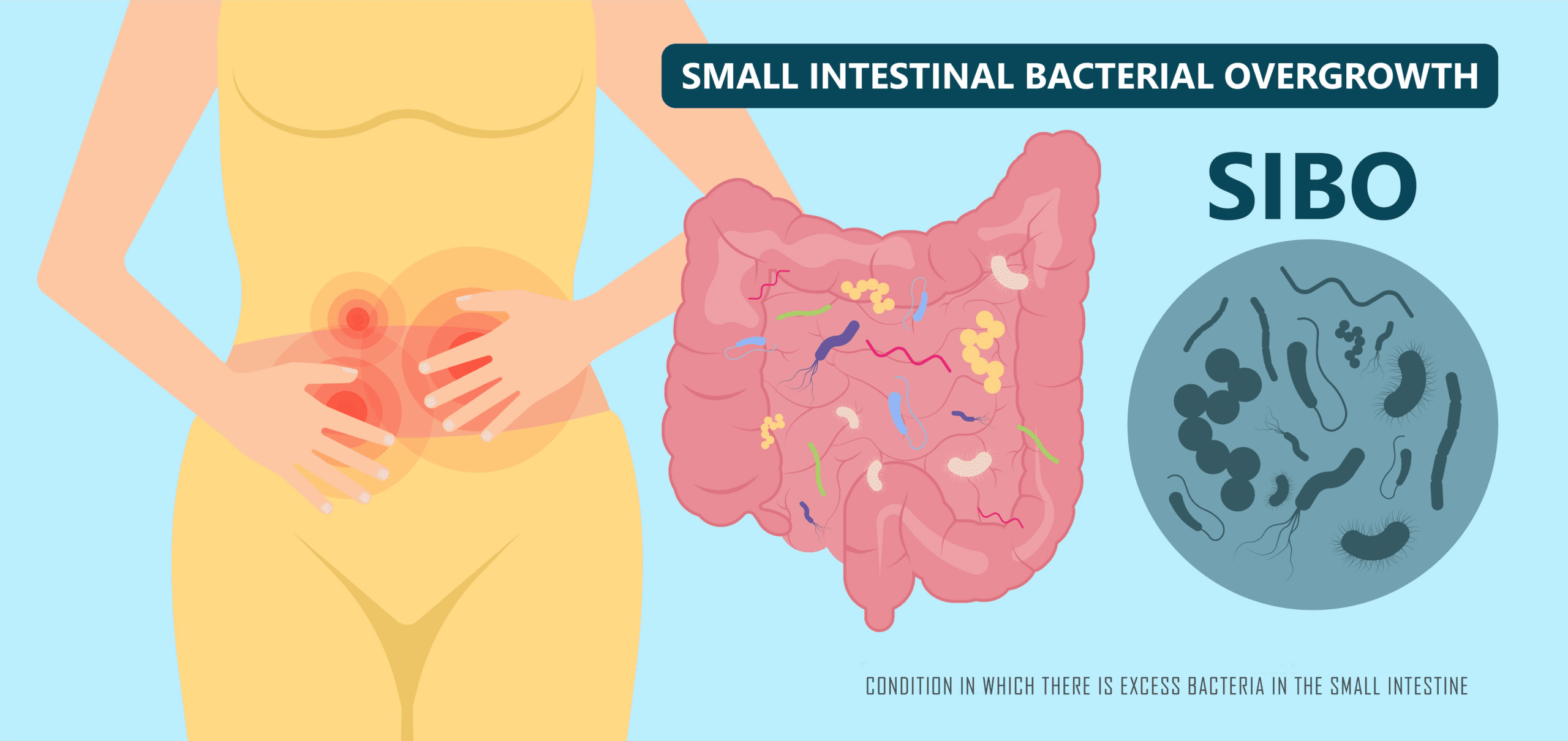

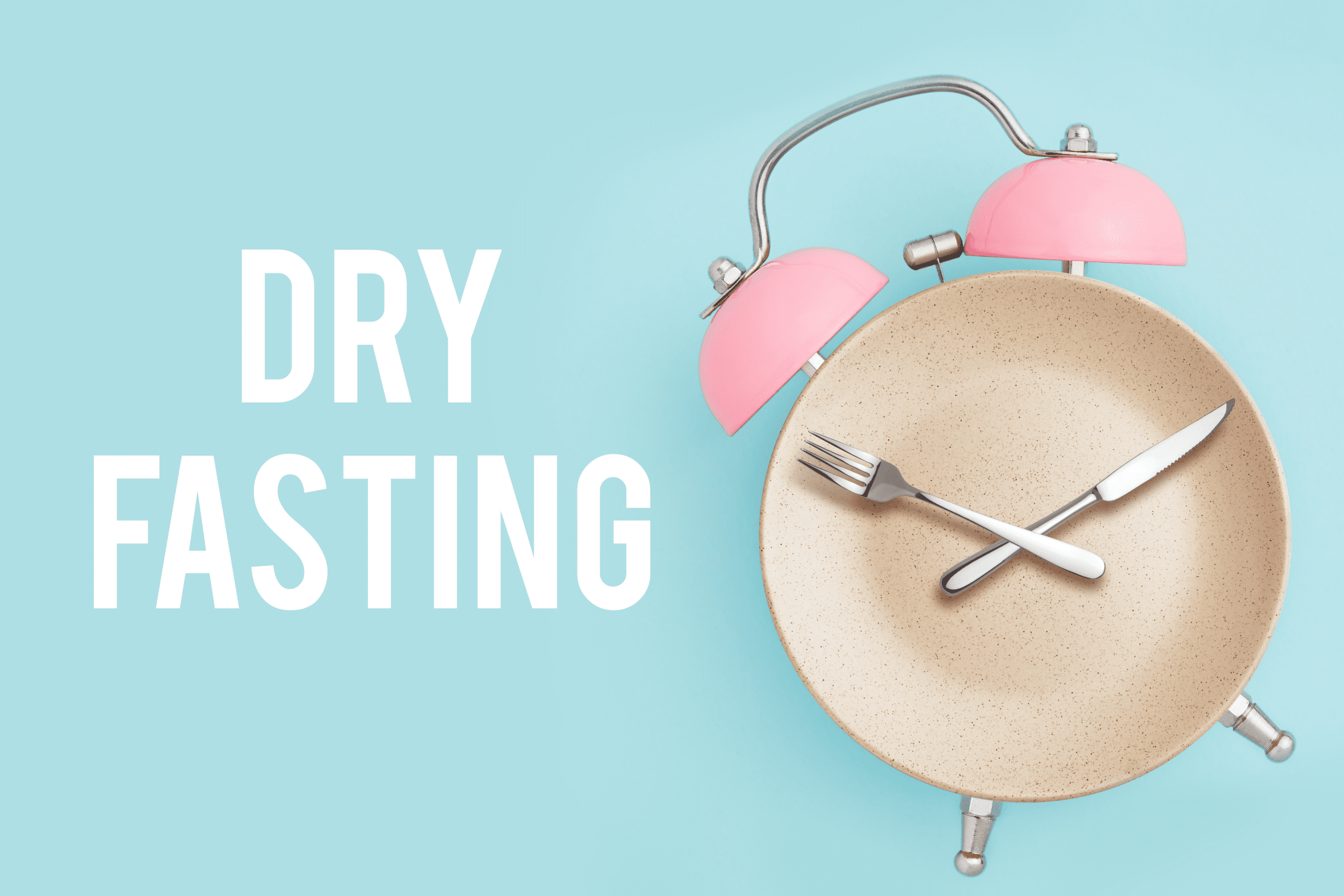
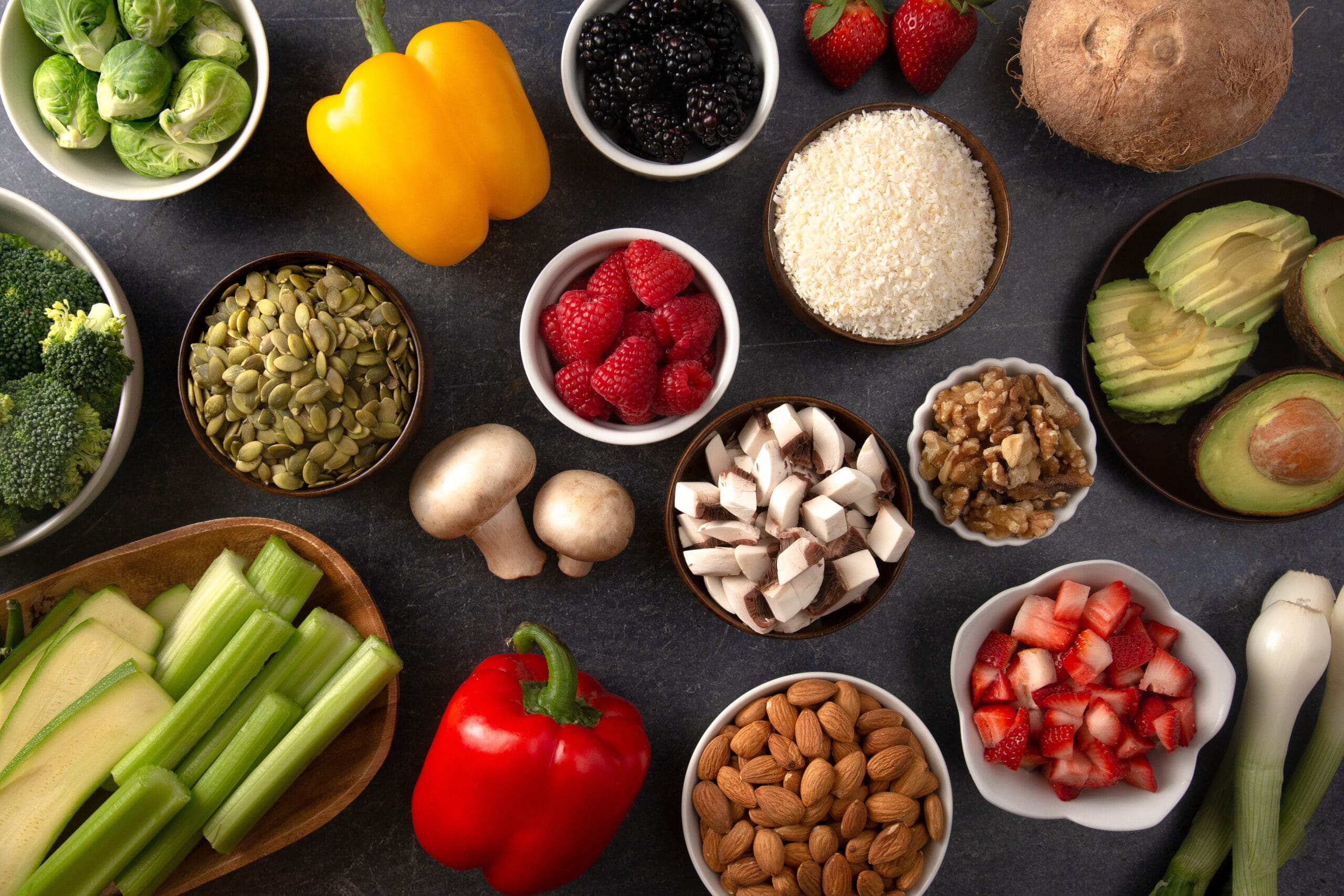
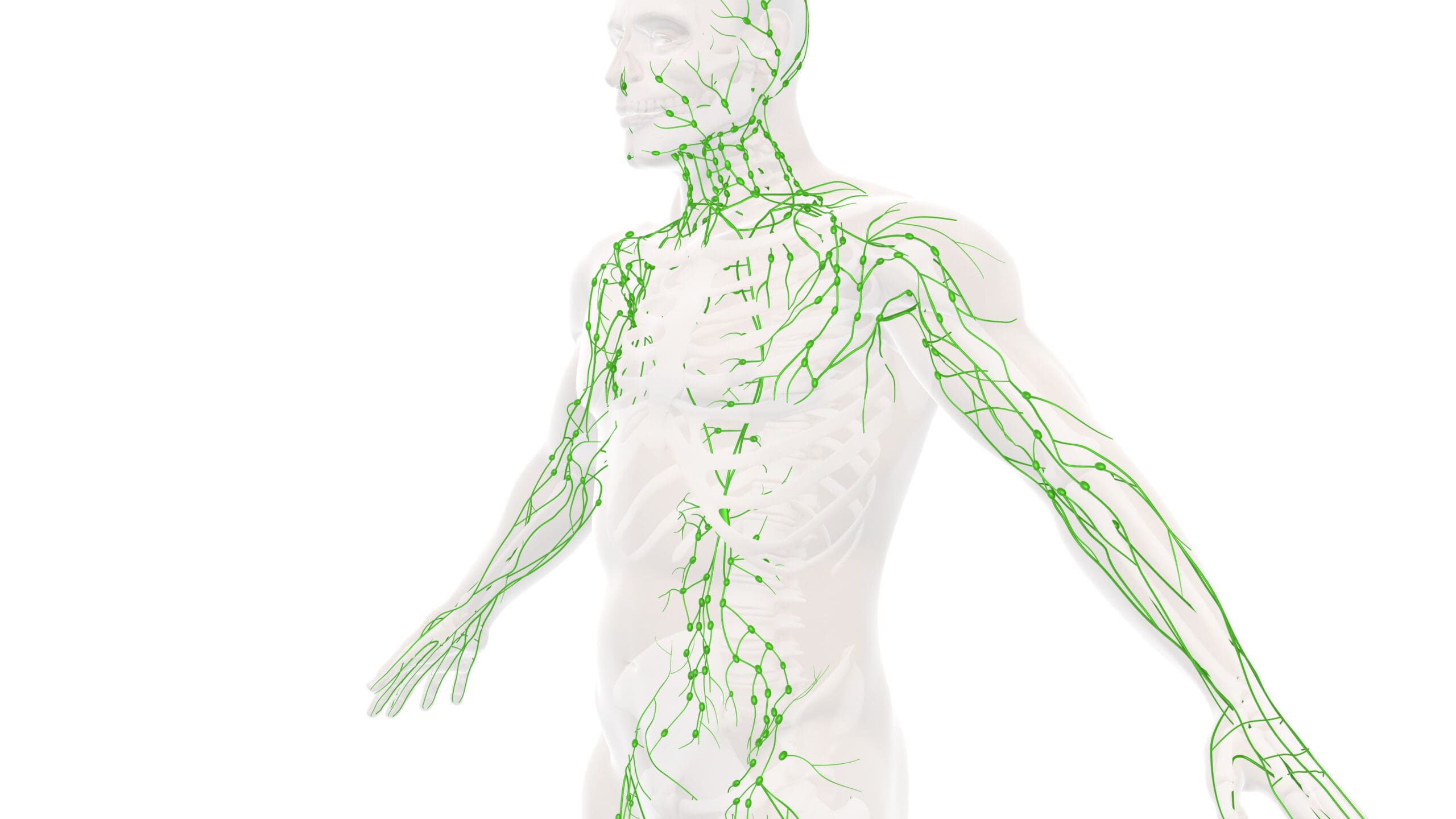
Leave A Comment